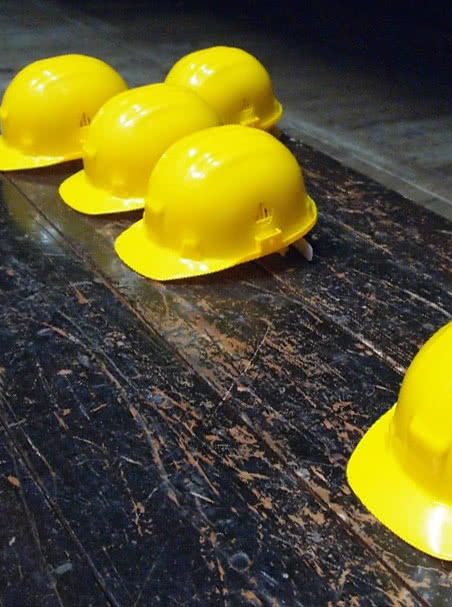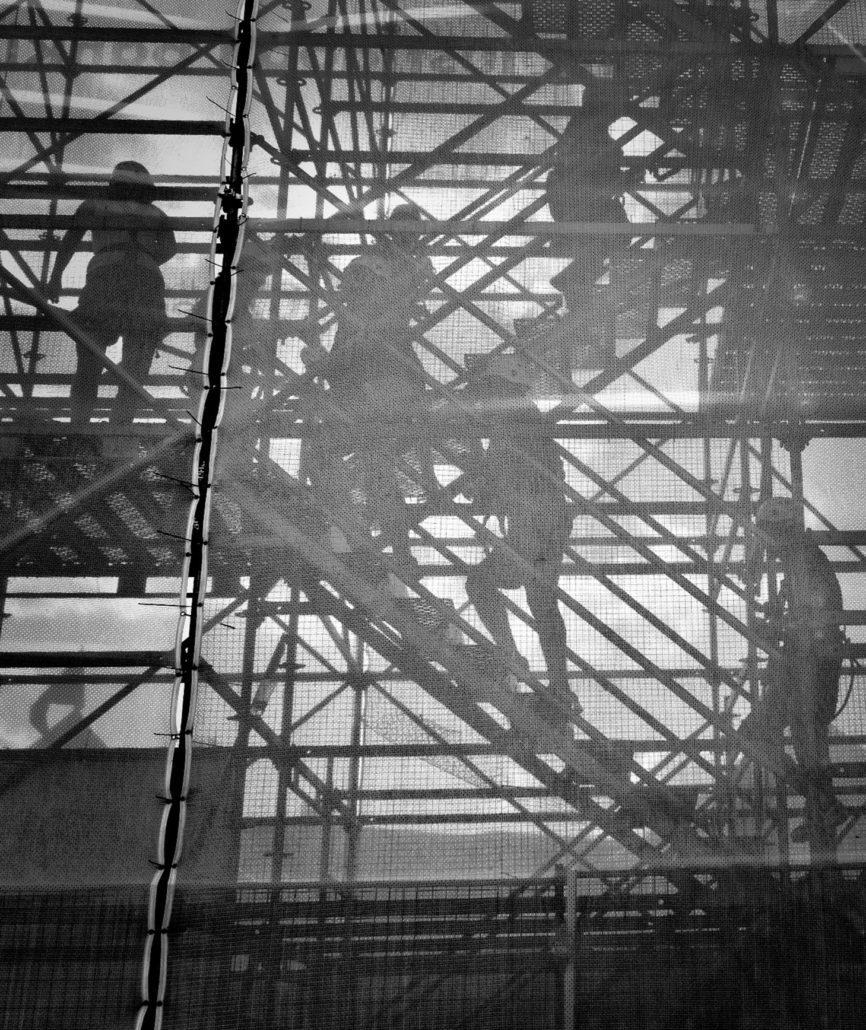The British Columbia worker compensation system has a history of over 100 years. It grew out of British Columbia’s thriving mining and forestry sectors early in the Province’s history. At this time, workers were being injured at a large rate and were being left without compensation. Workers needed to establish that the corporations and business they worked for were negligent and that they were not contributory negligent. Even if a worker could get a judgment against the corporation or business, the employers would often close their operation and declare bankruptcy, leaving many workers without any means of compensation. These circumstances resulted in an historic compromise being struck. Workers gave up their right to sue employers and other workers for negligence in exchange for employers paying into a fund that would provide a no-fault insurance scheme to injured workers. The present workers compensation system has many traits of this early system.
Workers Compensation Act
The present system is organized under the Workers Compensation Act, RSBC 2019, c. 1. This piece of legislation establishes and organizes all of the main features of the present workers compensation system. By law, all employers in the province must pay into an accident fund that will be managed by the Workers Compensation Board. The present corporate face of the Board is called “WorkSafeBC”, however it legally remains the Workers Compensation Board under the legislation. The Board establishes policies and procedures for paying out the benefits that are provided for in the Act. These include temporary wage loss, health care benefits, vocational rehabilitation, and permanent disability awards. This legislation also establishes the review and appeal system where workers may challenge decisions made by the Board. All of these benefits and rights are given to workers in exchange for the loss of their right to sue workers and employers for negligence causing injury.
While this insurance scheme is distinct from a civil claim for negligence, it does share a common feature in that it attempts to assess the loss a worker has sustained as a result of their workplace injury. In exchange for giving up their right to sue other workers and employers for negligence, WorkSafeBC assesses compensation in a different manner in order to provide more timely benefits to individuals suffering from workplace injuries. While the system itself is complex and nuanced, WorkSafeBC generally goes through a predictable series of decisions:
WorkSafeBC Decisions
- Is the worker eligible for benefits? If yes, then proceed to the next stage. If no, then the insurer will stop any considerations here.
- If the worker is eligible for benefits, then how much should they receive in wage loss?
- If the worker is eligible for benefits, then what health care benefits should be paid?
- If the worker is not improving, then what permanent disability awards should be paid?
- If the worker is unable to return to their job, then what vocational benefits should be paid?
Each of these decisions involves several considerations that will be addressed generally at the link provided.
Please be advised that this notice is not legal advice. It is provided as a summary of general details about the worker compensation system in British Columbia as of this date. If you require legal advice regarding your particular matter, then please recognize that each case depends on its individual facts. If you want legal advice, then you should consult a lawyer. Reliance on this information without a legal expert’s assistance is at your own detriment.



